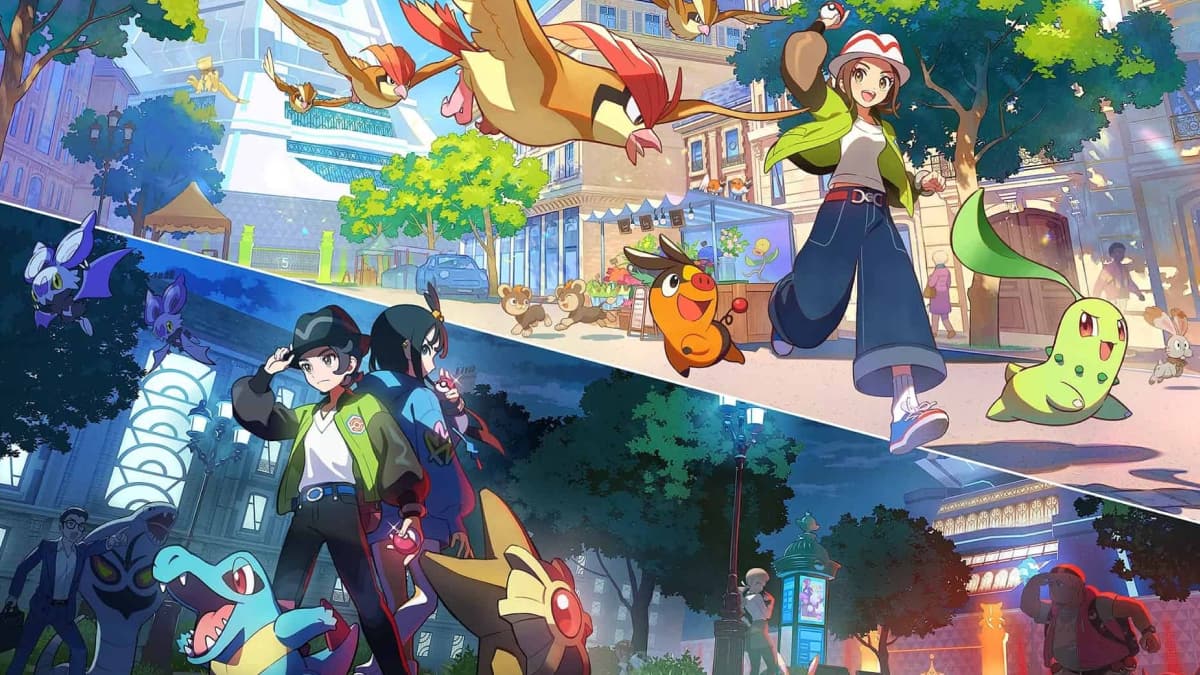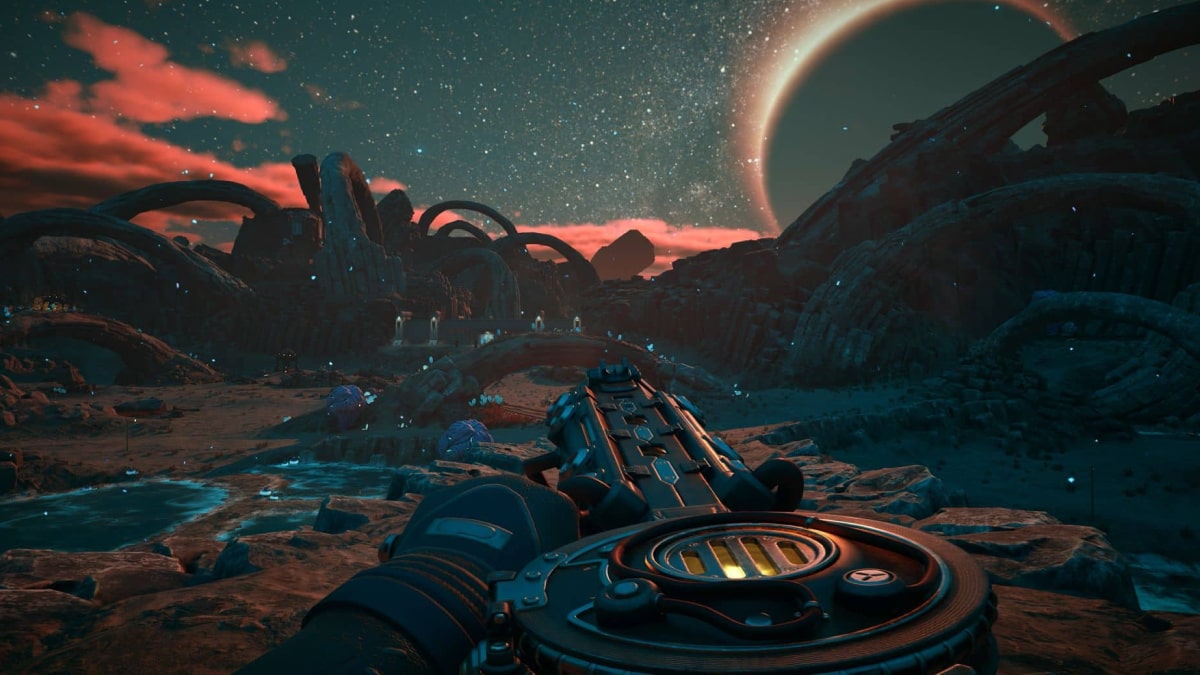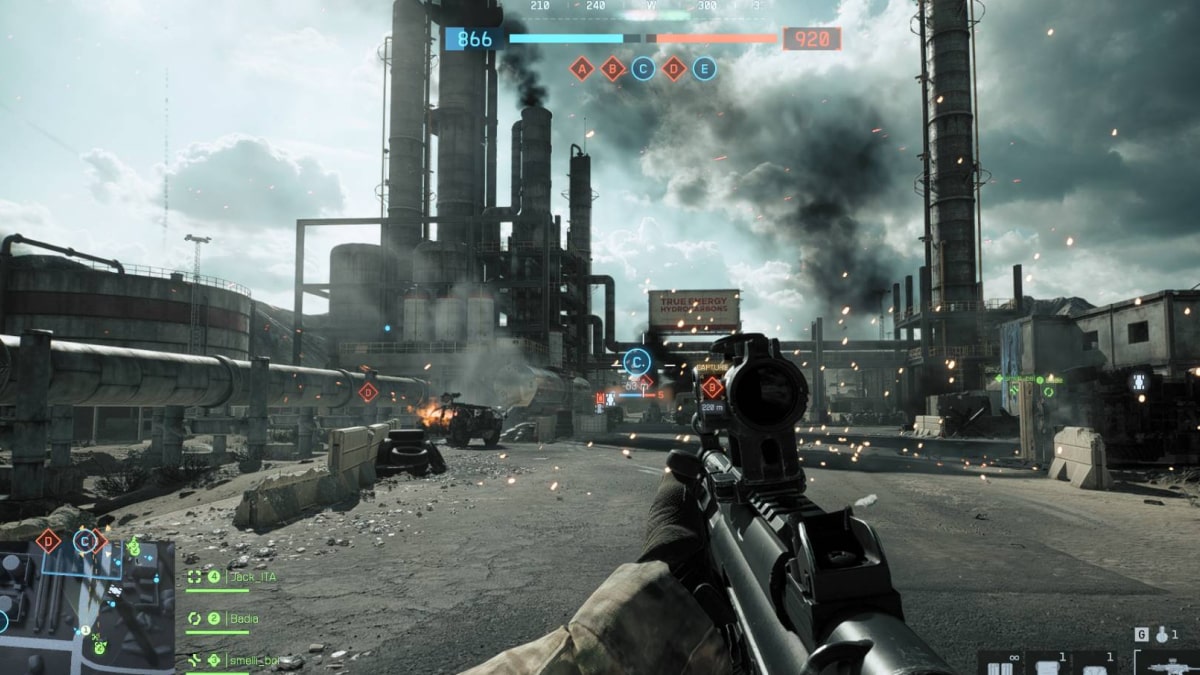You can trust VideoGamer. Our team of gaming experts spend hours testing and reviewing the latest games, to ensure you're reading the most comprehensive guide possible. Rest assured, all imagery and advice is unique and original. Check out how we test and review games here
Silent Hill is a series synonymous with psychological horror, twisted monsters, and haunting soundscapes that send chills down your spine and creep into your every thought long after the credits roll. Yet, despite its initial success in the 90s and early 00s, it’s been quite some time since Konami’s survival franchise has made serious waves without relying on nostalgia. Alas, with a heady mixture of folklore and teenage angst and a story helmed by acclaimed Japanese writer Ryukishi07, the latest addition, Silent Hill f, marks a return to form for the series, evoking a familiar discomfort whilst carving out a new friction-filled path for itself in the process.
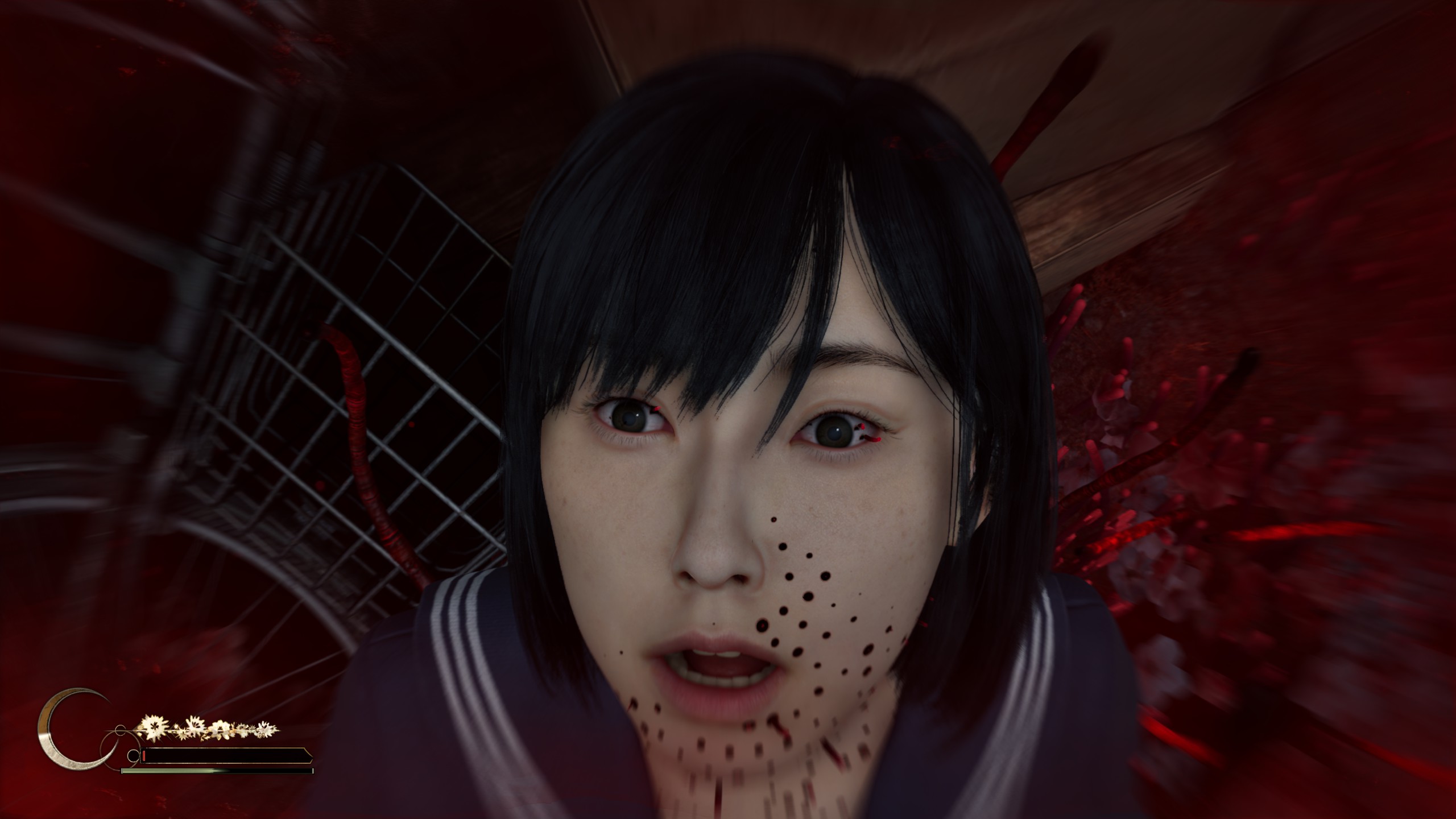
Silent Hill f deviates from the series’ storied history of American settings, instead allowing players to explore the small town of Ebisugaoka in Japan, as a young girl called Hinako. The town’s 1960s set dressing pairs traditional artefacts with mass-produced commodities, reflecting the historical milieu of the Showa era. This anachronistic duality extends to Hinako’s characterisation, too, as she struggles between the expectations of femininity awarded to her since birth and her own aspirational dreams of independence in a society that wishes to reject her spirit. This complex struggle frames much of Silent Hill f’s raw narrative and sets you off on a harrowing journey of self-actualisation that won’t be forgotten in a hurry.
From a visual standpoint, Silent Hill f is stunning. The misty farmlands and sprawling hills that frame the outskirts of Ebisugaoka feel just as choking and eerie as the compact streets and dilapidated buildings nestled at its centre. Each area you explore is littered with era-appropriate bric-a-brac and carefully placed notes that allude to the town’s mottled history with religion and mythology, as well as its scepticism of modern medicine. As is to be expected, the truth of what’s happening to Hinako is obscured for most of the game, and it takes a dutiful eye to piece together the lore as you wade towards Silent Hill f’s climactic finale. Of course, as you push on, the town starts to buckle under the weight of the series’ signature fog, with undulating masses and fleshy tendrils of sticky goo overwhelming the world around you.
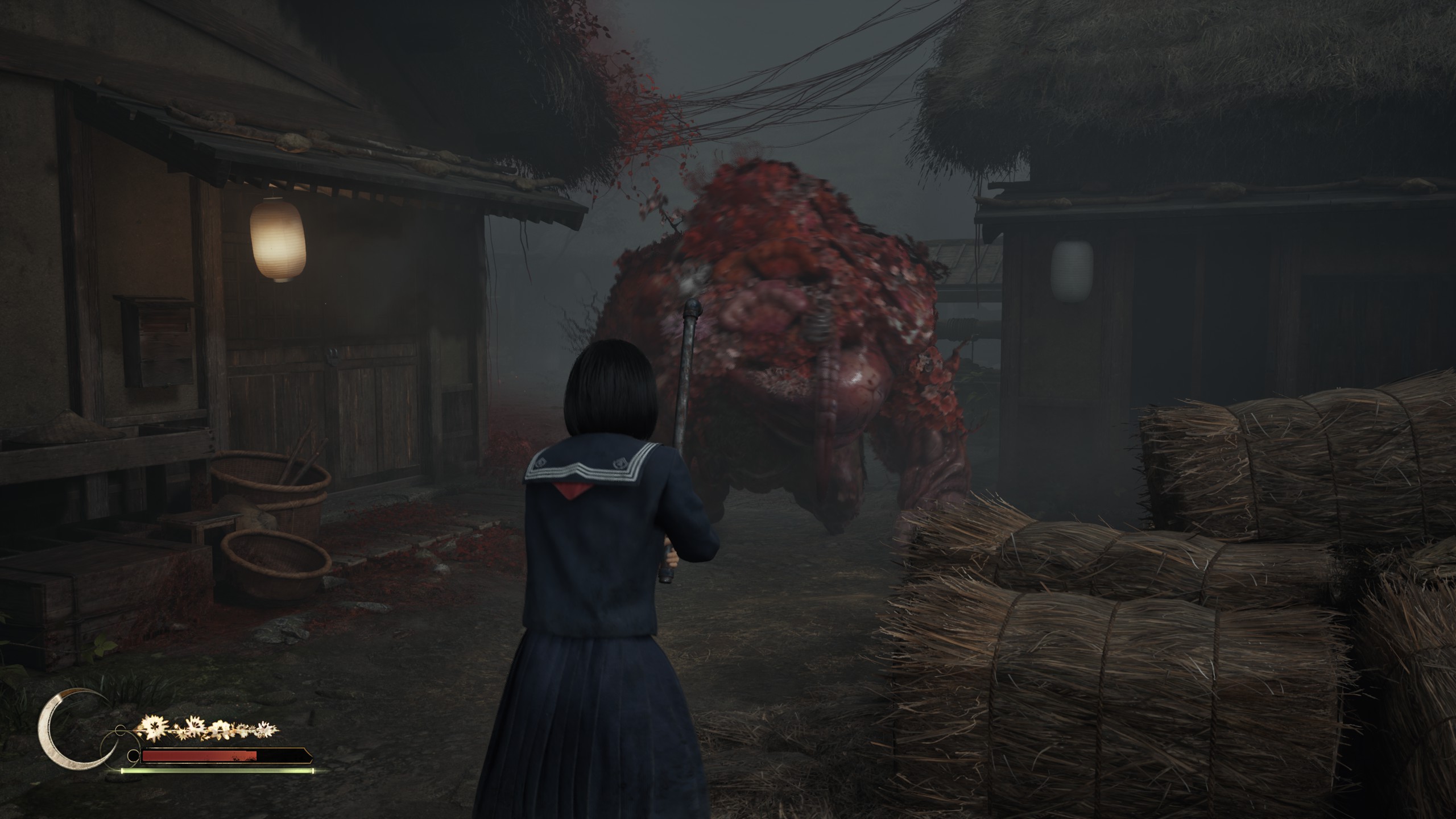
In addition to the gore-filled ‘real world,’ Hinako is spirited away to a mysterious otherworld at several points throughout the tale. Here, in place of abandoned buildings are ornate Shrines filled with spiritual iconography to unpack through dialogue and brain-teasing puzzles. Both unnerving settings are strengthened by a resonant industrial score, which is unmistakably the work of franchise veteran Akira Yamaoka, who remains in incredible form.
As you explore these tandem worlds, you’ll face a slew of malformed monsters that seek to deplete your health bar. There are scythe-wielding scarecrows, twisted fleshy mannequins, and hopscotching amalgamations of dolls that thread a messy line between being adorable and despair-inducing. Each design is thoroughly grotesque and acts as a reflection of Hinako’s lot in life and her perspective on the world around her. Thankfully, you can make short work of many of these fiends via Silent Hill f’s desperate souls-lite combat system.
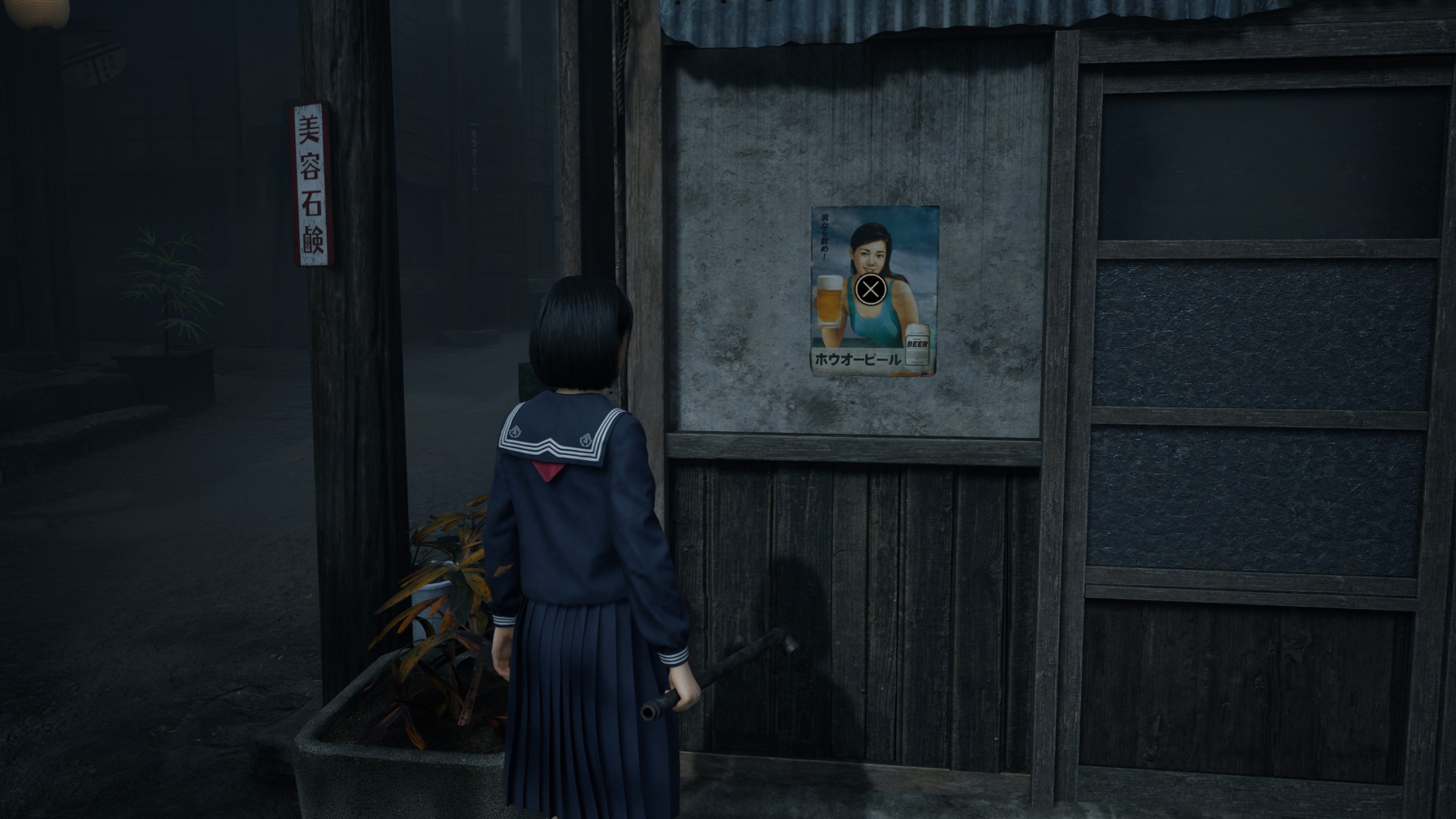
Alongside trusty pipes, you can find kitchen knives, baseball bats, and even crowbars, all of which inflict varying levels of damage to your target. In lieu of bullet shortages to keep you on your toes, the friction here is weapon durability, and so the more you whack at enemies, the quicker your offensive tool will turn to dust in your hands. To remedy this, you can source toolkits in Ebisugaoka’s nooks and crannies that can reduce the decay. Still, it’s a surprisingly forgiving system overall, with Silent Hill f providing plenty of backup clobbering options along your journey.
Once you have your selected weapon and are ready to face a foe, you can dodge and swipe at your target with a mixture of light and heavy attacks, managing health and stamina meters along the way. There’s also the addition of a charged focus attack and a counter that lets you interrupt an enemy as they reel towards a combo at the cost of Hinako’s sanity.
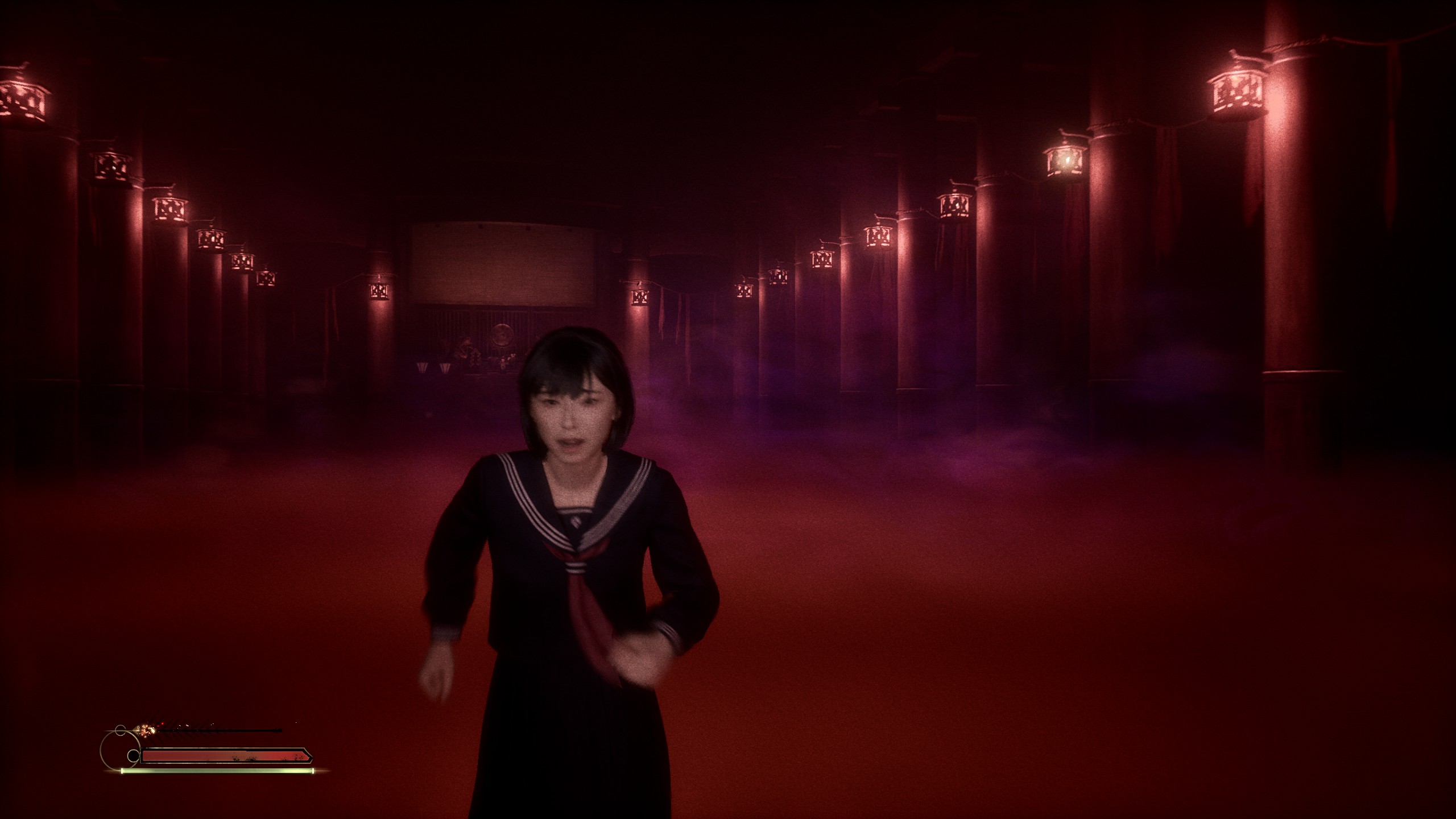
While there’s an expectation for the combat in Silent Hill games to be deliberately clunky to ratchet up the terror factor, Silent Hill f takes a more dynamic approach that can at times feel too ambitious for its own good. Enemy creatures move at a surprising pace and can lock you into long grab animations. This, alongside Hinako’s diverse moveset, feels at odds with the atmosphere and eventually grows frustrating in sequential playthroughs. The sheer number of enemy creatures can overwhelm and lead to missed opportunities for eerie exploration, too. This issue is particularly vexing when tackling the handful of boss battles that take place across the game, with the initial exhilaration at the monster’s design fading as you continue to mash the same few inputs.
Fortunately, there is a remedy for this issue in the form of permanent upgrades, which can be applied at the miniature shrines dotted around the levels. Hinako can find offerings like parcels of sweet jelly and bottles of ramune, which can be traded to earn a currency called Faith. When used in tandem with collectable Ema plaques, you’ll have the option to bolster Hinako’s core stats and mitigate the sharper points of combat.
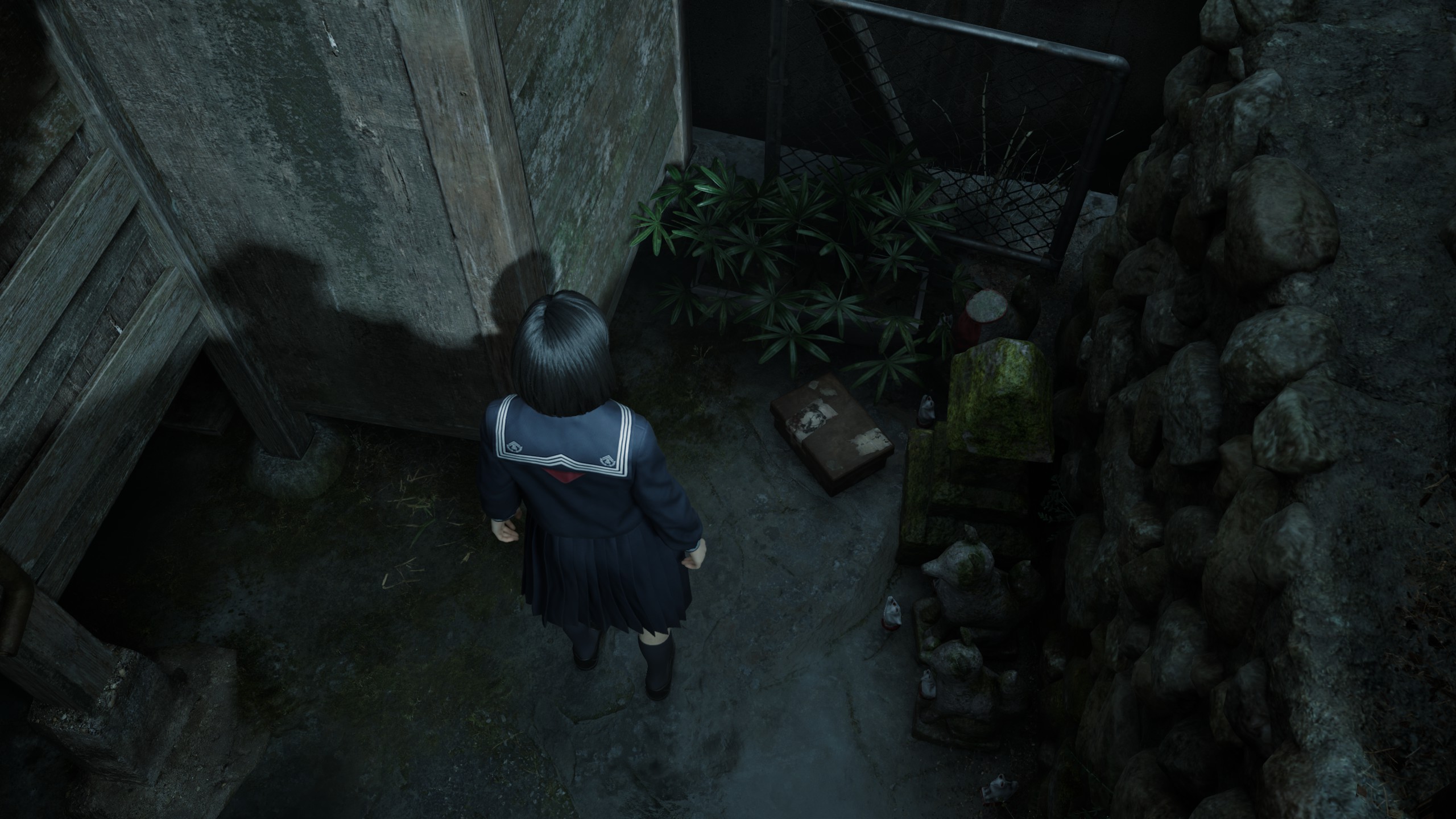
You can also find and equip Omamori (Japanese protection amulets), which can apply special effects such as decreased enemy line of sight or damage buffs when using weapons with high durability. Some Omamori are hidden in drawers and behind locked doors, while others can be pulled as a lucky dip at the Hokoras at the cost of Faith. While not a complete solution to how tiresome the combat can be, both upgrade methods work to address some of the frustrations.
Being a Silent Hill game, there are, of course, plenty of puzzles to resolve, too. While I opted for the Hard puzzle setting (which is what Silent Hill f dictates as the traditional Silent Hill experience), there is an easier and more challenging option available as well. The head-scratchers do well to stop you in your tracks, and frequently double as context clues regarding the characters in Hinako’s life. A personal favourite involved combing through an abandoned school, seeking out a secret code system that the students were using for their locker combinations. You can quite easily follow the golden path and find the item needed to move on quickly. However, by piecing the notes together and unlocking them all, you get a much clearer picture of Hinako’s school life and the broader culture of Ebisugaoka.
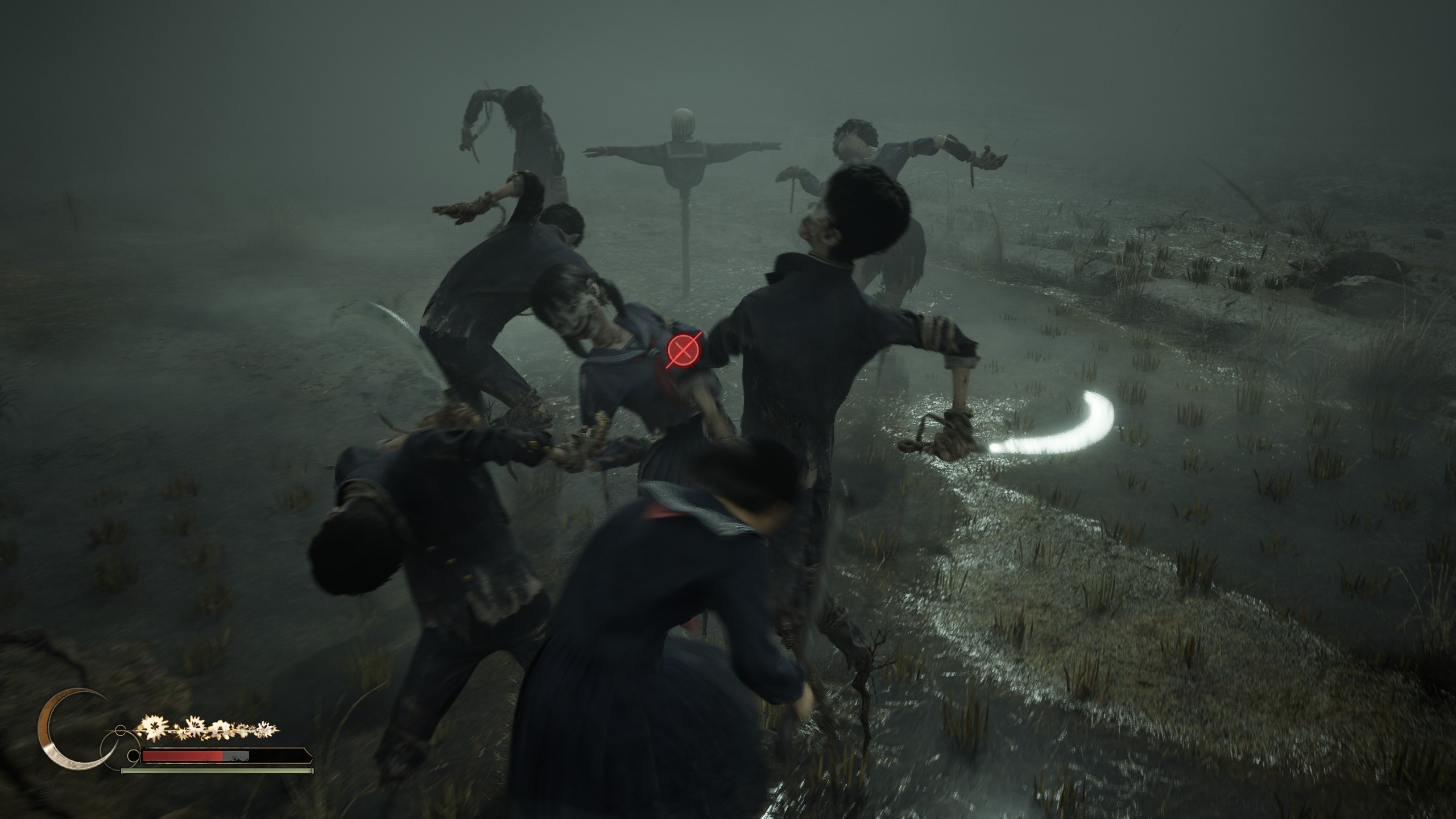
While it’s likely you’ll hit credits on Silent Hill f in around twelve or so hours, the game sticks true to the formula of its predecessors and provides plenty more endings and secrets to unpack in New Game Plus. While I’m keen not to spoil any of the specifics — as the rewards are enticing and enlightening to unpack first-hand — detail-oriented players eager to get into the nitty gritty of Ryukishi07’s lore will be rewarded handsomely.
Reviewed on PC. Code provided by the publisher.



